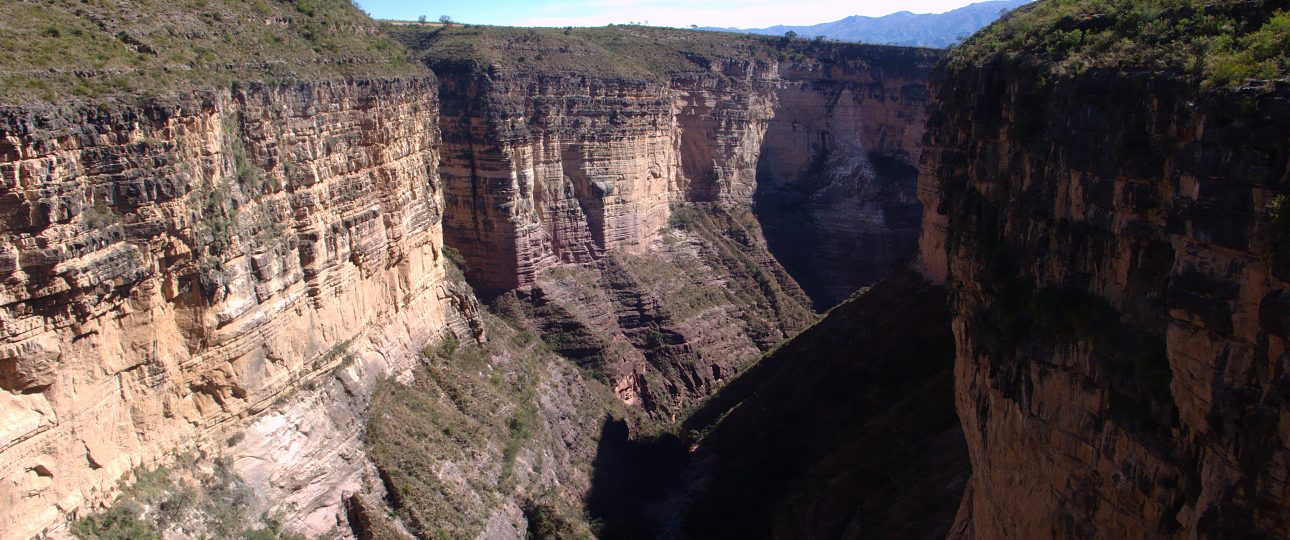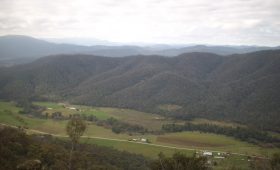Torotoro National Park – Bolivia
Getting There
Torotoro National Park is located in the Northern Potosí department, about 140 kilometers (87 miles) south of Cochabamba. To reach the park, fly into Cochabamba, as it is the closest major city. From there, you can take a minibus or bus from the Torotoro “Bus Station” in the south of Cochabamba. Minibuses leave hourly or when full, and the journey takes approximately 3 to 5.5 hours, depending on road conditions. During the rainy season, travel times may increase significantly.
Best Time to Visit
The ideal time to visit Torotoro National Park is during the dry season, from May to October. The weather is mild, and trails are more accessible. The rainy season, from December to March, can make travel challenging due to muddy and impassable roads. If you prefer fewer crowds, consider visiting during the shoulder months of May and October.
Exploring the Park
Hiking and Trekking
Torotoro offers a variety of hiking trails, each with its unique landscapes and challenges. The El Vergel trail is popular, leading you through valleys and rock formations. For those seeking a more extended trek, the Quirusmayo to Cuidad de Ittas route offers a medium-grade hike over 24.4 kilometers (15.2 miles), taking 1-2 days. Be prepared with sturdy boots, plenty of water, and a good map or GPS app like OsmAnd or Mapy.cz.
Caving Adventures
The park’s cave systems are a major draw. Umajalanta Cave, one of Bolivia’s largest, features impressive stalactite and stalagmite formations. Guided tours are necessary for safety and navigation. For thrill-seekers, rappelling into the cave adds an extra layer of adventure.
Dinosaur Footprints
Torotoro is renowned for its paleontological sites, with over 2,500 dinosaur footprints from the Cretaceous period. Guided tours provide insights into these ancient relics, allowing you to walk in the footsteps of dinosaurs like theropods and sauropods.
Local Transportation
Exploring Torotoro National Park is primarily done on foot. However, local guides with 4×4 vehicles are available for hire, which can be particularly useful for reaching more remote areas or during the rainy season. Tours can be arranged at the park office or through agencies in Cochabamba.
Accommodation and Dining
While Torotoro is remote, it offers several accommodation options, from basic guesthouses to eco-lodges. Most places provide meals featuring local Bolivian cuisine. It’s advisable to book in advance, especially during peak travel months.




